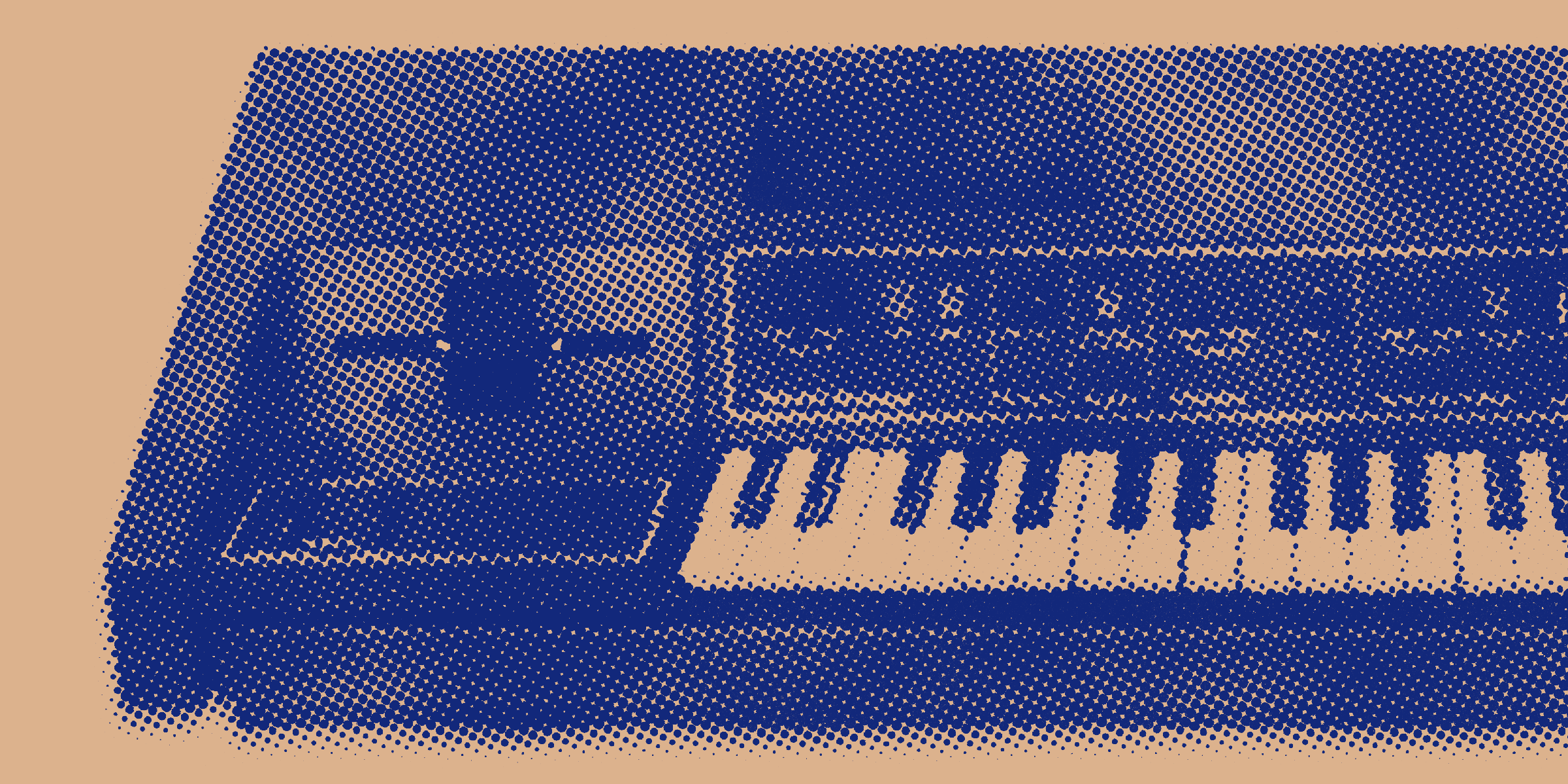The E-mu Emulator (that almost never was)
Often forgotten in the shadow of the MPC and SP1200 samplers, the E-mu Emulator was no less a legend. This is its story.

So it turns out that the history of sampling is far more interesting than we might have guessed. It's not just the creative use of samples, the evolving laws and attitudes are sampling in popular culture, or the technology. It's the people who took the initiative (and sheer audacity) to step up and create these devices in an era with little to no assurance that this would be a viable part of the music industry. The E-mu Emulator was more than just a sampler—it was a symbol of innovation. And a preview of what was to come.
The Birth of the Emulator
The story of the Emulator begins in the late 1970s, in the heart of Silicon Valley. E-mu Systems, a small company founded by Dave Rossum and Scott Wedge, was already known for their modular synthesizers. However, they had a vision to create something that would democratize music production, making the vast universe of sounds accessible to all musicians, not just those with access to expensive studio equipment. They wanted to create a tool that would allow musicians to capture, manipulate, and reproduce any sound they could imagine. The journey to realize this vision was fraught with challenges, but the team at E-me Systems was undeterred. They worked tirelessly, overcoming numerous technical hurdles and pushing the boundaries of what was possible with the technology of the time. The birth of the Emulator was a testament to their perseverance and ingenuity, a shining example of the transformative power of technology when guided by a clear and compelling vision.
A Revolution in Sound
The Emulator was the realization of that vision. Released in 1981, it was one of the first affordable samplers on the market, offering musicians the ability to digitally record and play back any sound. This was a game-changer. Suddenly, the entire world of sound was an instrument, from the strum of a guitar to the rustle of leaves in the wind.
The Emulator allowed musicians to capture these sounds, manipulate them, and weave them into their compositions. It was a revolution in sound, and it forever changed the way music was made. The Emulator was not just a product—it was a movement, a seismic shift in the music industry that would resonate for decades to come. It was the dawn of a new era in music, a period of exploration and innovation that would see the boundaries of what was possible in music pushed to their limits. The Emulator was at the forefront of this revolution, leading the charge and setting the stage for the incredible advancements in music technology that we see today.
The Emulator in Action
The Emulator's popularity was immediate and widespread. It was adopted by a diverse range of artists, from Stevie Wonder to New Order, from Depeche Mode to Trent Reznor. These artists found in the Emulator a tool that could expand their musical horizons, allowing them to incorporate a vast array of sounds into their music. The Emulator was not just a tool—it was a muse, inspiring musicians to push the boundaries of what was possible in music. It was a catalyst for creativity, sparking a wave of innovation that would ripple through the music industry.
The Emulator was more than just a piece of equipment; it was a creative partner, a co-conspirator in the creation of new and exciting sounds. It was a tool that allowed musicians to break free from the constraints of traditional instruments and explore the vast sonic landscape that lay before them. From the haunting synth lines of New Order's "Blue Monday" to the intricate soundscapes of Brian Eno's ambient works, the Emulator was there, quietly shaping the sound of a generation.
The Cultural Impact of the Emulator
The cultural impact of the Emulator cannot be overstated. It was instrumental in the rise of electronic music, hip-hop, and countless other genres in a way that the pioneering Fairlight CMI couldn't quite match in sheet numbers shipped. Much like the E-mu SP12000 that followed, it democratized music production, allowing anyone with an Emulator to create complex, layered compositions. It also paved the way for the rise of sampling culture, where the recontextualization of sounds became an art form in itself, and opened the market for manufacturers like AKAI to target their own products, arguably peaking with the S2000 as the most affordable and mass produced sampler before home computing took up the slack. The Emulator was not just a tool for making music—it was a tool for making culture. It was a symbol of the democratization of music, a testament to the power of technology to level the playing field and empower artists of all backgrounds.
The Emulator was more than just a technological innovation; it was a cultural phenomenon. It changed the way we think about music, breaking down barriers between genres and blurring the lines between the traditional and the avant-garde. It gave rise to a new generation of artists, who used the Emulator to push the boundaries of what was possible in music. From the gritty beats of early hip-hop to the lush soundscapes of modern electronic music, the Emulator has left an indelible mark on the cultural landscape. It has shaped the sound of decades of music, and its influence can still be heard in the music of today.
The Legacy of the Emulator
Today, the legacy of the Emulator lives on. Modern software samplers owe a great deal to the pioneering work of E-MU Systems. Companies like Arturia and UVI have created software emulations of the Emulator, allowing a new generation of musicians to experience the magic of this iconic instrument. The Emulator's influence can be heard in the music of countless artists, from the biggest pop stars to the most underground electronic musicians.


